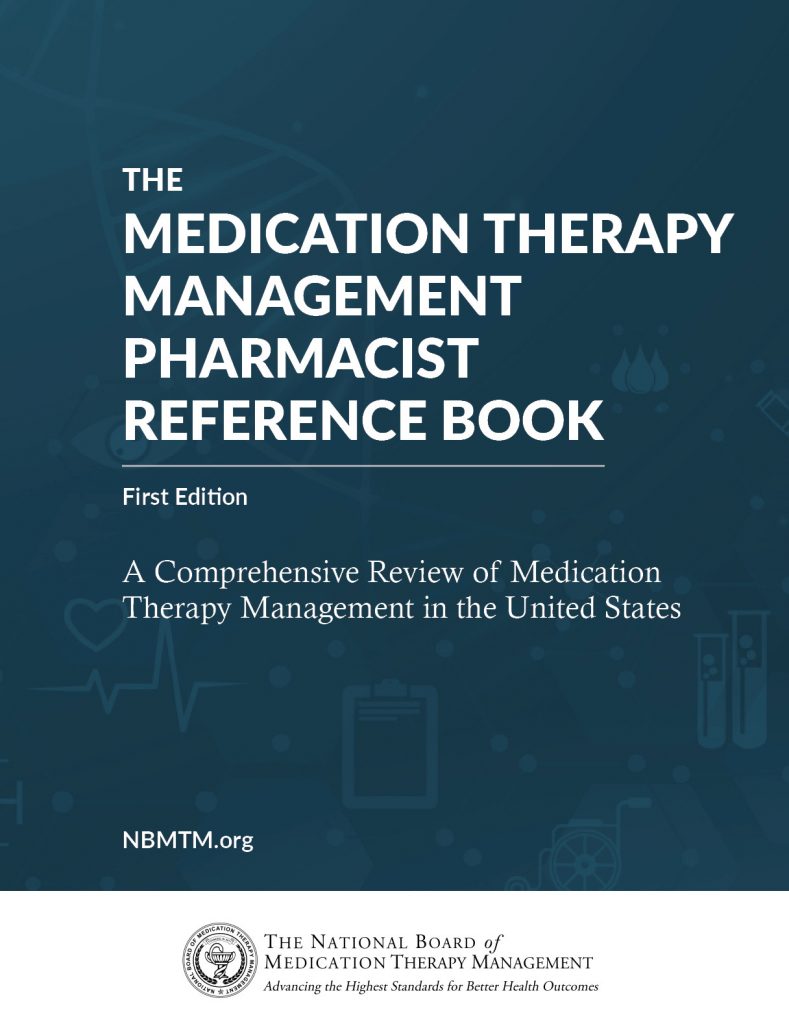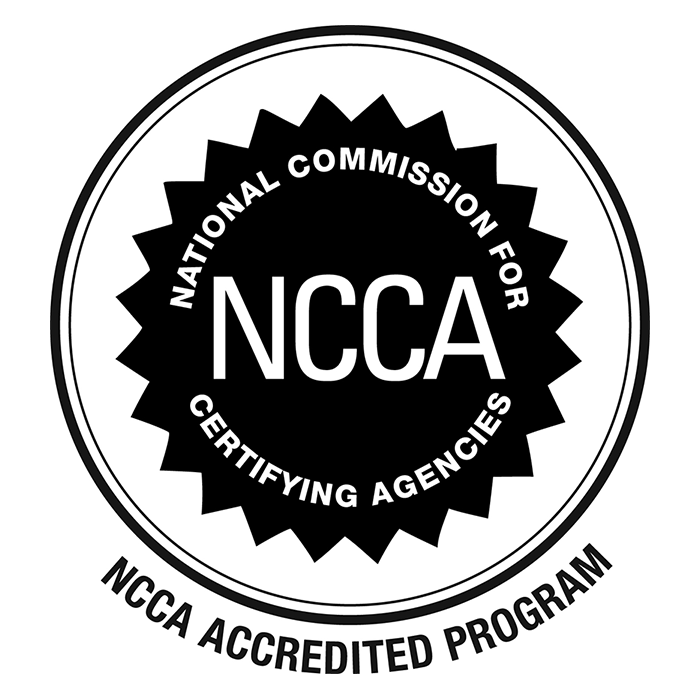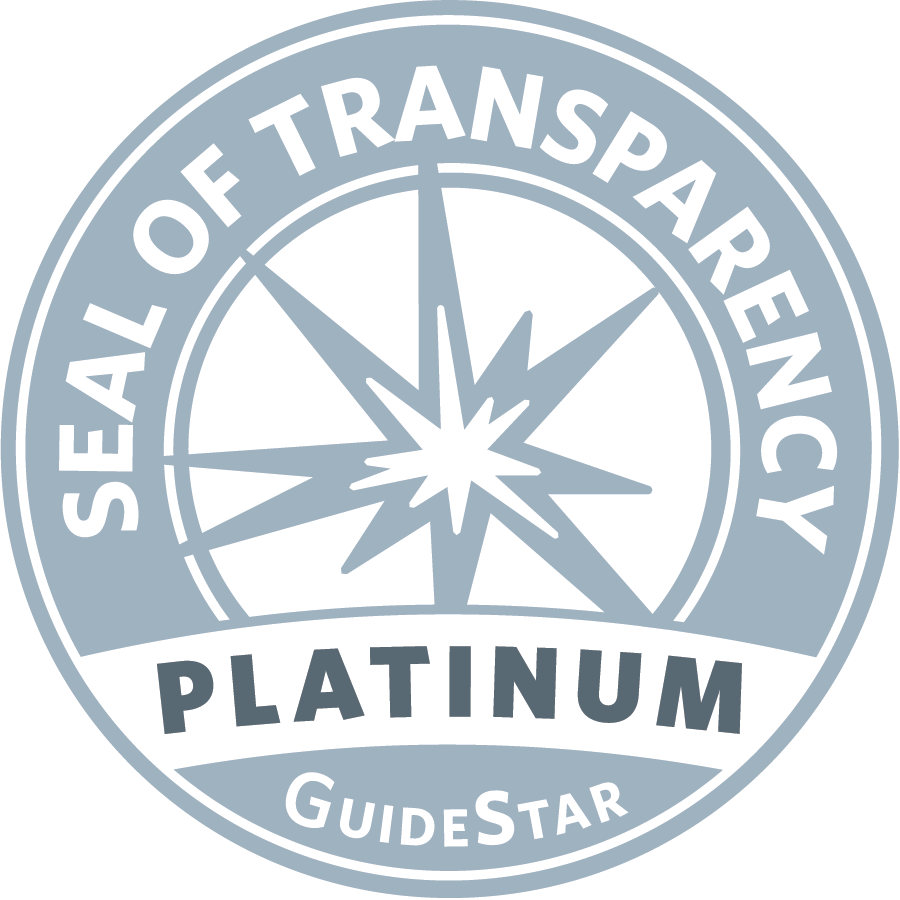
Chapter 15: Future of MTM
MTM has the potential to improve outcomes and to reduce costs for patients, payors, and our healthcare system as a whole. Overall, research into these outcomes has been somewhat mixed, but overall it appears that MTM services can improve care if delivered to the right patient groups. Finding and including the correct patient groups is one of the current challenges in the MTM landscape.
The current president of the APhA, Brad Tice, wrote an article where he tried to address many of the questions surrounding MTM practice in 2014.1 He discussed the fact that too few patients were eligible to receive MTM in the United States, and this may be a primary contributor to why many patients are not even aware that MTM services exist. He discussed that CMS was considering lowering the eligibility threshold to include patients that are taking two or more medications. As of this writing in 2020, the number of prescriptions a patient must be taking to be eligible is between two and eight, depending on the Part D Sponsor’s discretion.
Another point he mentioned was that pharmacists are often reimbursed too little or not reimbursed for their services. Reimbursement issues have mostly remained unsolved since 2014, with MTM providers still struggling to obtain reimbursement that justified their professional time. MTM codes are still often rejected by healthplans, with evaluation and management (E/M) codes still functioning as the primary form of reimbursement for many MTM-style appointments.
One of the ways that the APhA seeks to correct reimbursement challenges is by pushing on federal agencies to recognize pharmacists as providers for means of reimbursement. While Tice mentions a few examples of legislation that could help pharmacists gain this status, these legislative battles are still largely unwon in 2020. Some states have passed legislation that recognized pharmacists as providers, but whether or not this has improved reimbursement is still an unanswered question.
A study2 published in 2012 sought to explore some of these issues by illuminating the thoughts of patients, providers, and opinion leaders on the topic of MTM. The study found that MTM providers typically provide the service because it increases their job satisfaction and their perception of patient outcomes, and not because of a positive financial impact on their business. While it is encouraging that MTM providers are willing to provide their services even if reimbursement is not adequate, this is a significant barrier to widespread implementation still in 2020. For MTM to reach any mainstream adoption in the medical landscape of the United States, reimbursement will need to improve.
The study also explored payor view around the topic of MTM services. Payors report reimbursing MTM because it improves outcomes and the quality of patient care. Since payors often use different criteria for eligibility inclusion and also track outcomes in different ways, it is challenging to make any empirical claims on which outcomes payors desire. The study found that outcomes that payors were measuring were inconsistent between organizations and inconsistent intra-organizationally from year to year.
The study also solicited information from key opinion leaders. They were generally in agreement that MTM services offerings need to be more well defined globally. They also believe that the implementation and distribution of services need to be improved.
The study’s researchers proposed two main strategies that they thought would improve the integration of MTM services into the healthcare landscape. The first idea was to improve how specific MTM services are marketed at to whom. They suggest that since pharmacies and pharmacists have limited resources, they can manage this obstacle by promoting and offering specific services in a more targeted way to specific target markets like patients or healthplans. Targeted offerings will help MTM providers more effectively meet the needs of their consumers while conserving resources for those who would benefit the most. As of 2020, many companies have started to head this direction, especially those that specifically offer the services of MTM providers and pharmacists.
Another strategy the researchers proposed was to improve MTM service distribution. They mentioned that specific techniques might include information sharing, partnerships to reduce duplicate encounters, and collaboration. As of 2020, companies seem to have made strides in improving MTM service distribution. MTM is often offered directly by healthplans, which has shorted the length of time from the identification of eligible patients to the deployment of services. Companies have also been leveraging the “gig economy” model and utilizing technology and analytic solutions.
A study3 from 2012 sought to uncover how to implement MTM in a way most beneficial for patients and providers. The researchers conducted structured interviews of clinical pharmacists and investigators of a previously run trial that spanned three health centers that implemented MTM services. A consistent finding in the interviews was that patients were more likely to cancel appointments that were stand-alone and not scheduled along with other clinic visits. Interviewees also noted that response to pharmacist interventions was low overall but slightly higher if the patient was familiar with the pharmacist. Based on these interviews, a successful MTM program should be implemented alongside other clinical services, and part of a series of appointments rather than stand-alone. Patients should also receive services from pharmacists whom they know, but this finding can probably be extended to other providers and is not unique to MTM clinical services. Therefore, regular appointments may help build better rapport between patients and their MTM providers.
To further determine the direction of MTM services in the future, it may be helpful to examine the changes that have occurred since CMS began requiring payment for MTM. In 2019, a review article4 examined the changes to Medicare Part D MTM from 2006 to the present day. The authors reviewed publicly available information from the Medicare Part D fact sheets, PubMed, and internet searches. The authors summarized the following key points concerning the evolution of MTM over time:
- Since its inception in 2006, the Medicare Part D MTM program requirements have evolved to enhance enrollment, improve quality of services, and reduce gaps in care. Plans with more restrictive criteria had lower enrollment—16.4% when requiring 2 chronic diseases to enroll and 9.2% with 3 chronic conditions.
- Low enrollment led CMS to decrease eligibility thresholds and to add an annual medication review and a written summary to MTM services.
- CMS further enhanced MTM services by adding a new metric, comprehensive medication review completion to the CMS Star Rating.
- Part D plans are now required to describe their MTM program on their website to promote access to and comprehension of the available services.
- Nevertheless, MTM enrollment and comprehensive medication review completion rates remain low, likely as a result of a lack of financial incentives.
- Remodeling their budget allocation for MTM to costs other than administrative costs may offer an opportunity to increase enrollment.
The authors listed the following key lessons learned from their regulatory review:
- Little guidance was provided to Part D plans on MTM program design, which ultimately allowed plans the freedom to select restrictive requirements
- The lack of a financial incentive to enroll beneficiaries has contributed to restrictive eligibility requirements
- Without benefit from improved medication utilization, Part D plans do not fully engage beneficiaries in the MTM program.
The key lessons above all speak to a current model that does not incentivize payors enough and allows plans to exclude certain groups of patients. Therefore, increased financial incentives may be an important method to close the current care gap. CMS should also consider incentivizing payors to utilize services that reduce medication-related problems, possibly by ensuring that plans cannot offer prescription and medical coverage separately. The regulatory review found that plans which cover both prescription and medical are more likely to pay for MTM services because it lowers their overall spend.
Enhanced MTM
Enhanced MTM may be able to answer some of the questions and lingering issues that MTM services face in regards to payor incentives. Enhanced MTM loosens the eligibility criteria for Part D Sponsors and also increases their reimbursement by adding a per-patient reimbursement.
CMS is currently testing enhanced MTM as part of a pilot program launched in 2017.5,6 The results of the pilot program are being examined in an ongoing fashion, and the first report from October 2019 is promising. For the 1.7 million patients enrolled in Enhanced MTM in 2017, the participating plans spent approximately $325 million less than expected based on initial estimates.
If enhanced MTM continues to show successful results, it is likely to be implemented in a much broader fashion across multiple Medicare Part D sponsors. Enhanced MTM is beneficial for plans because it allows them to tailor their eligibility criteria and services offerings, potentially allowing them to capture a patient population that benefits more greatly from MTM. Granting healthplans the freedom to tailor offerings has the added benefit of allowing them to target patients based on evidence from clinical trials, rather than regulatory requirements.
- Tice, B. (2014, April 4). Are the MTM stars aligning for pharmacists? Www.Cardinalhealth.Com. https://www.cardinalhealth.com/en/essential-insights/are-the-mtm-stars-aligning.html
[↩] - Schommer, J. C., Doucette, W. R., Johnson, K. A., & Planas, L. G. (2012). Positioning and integrating medication therapy management. Journal of the American Pharmacists Association, 52(1), 12–24. https://doi.org/10.1331/japha.2012.10118
[↩] - Dolor, R., Masica, A., Touchette, D., Smith, S., & Schumock, G. (2012, July 12). Patient Safety-Focused Medication Therapy Management: Challenges Affecting Future Implementation. https://www.ajmc.com/journals/issue/2012/2012-7-vol18-n7/patient-safetyfocused-medication-therapy-management-challenges-affecting-future-implementation
[↩] - Gray, C., Cooke, C., & Nicole Brandt. (2019). Evolution of the Medicare Part D Medication Therapy Management Program from Inception in 2006 to the Present. Www.Ahdbonline.Com, 12(5). http://www.ahdbonline.com/issues/2019/september-2019-vol-12-no-5/2844-evolution-of-the-medicare-part-d-medication-therapy-management-program-from-inception-in-2006-to-the-present
[↩] - Larrick Chavez-Valdez, A. (2019). CY 2020 Medication Therapy Management Program Guidance and Submission Instructions. Centers for Medicare and Medicaid. https://www.cms.gov/Medicare/Prescription-Drug-Coverage/PrescriptionDrugCovContra/Downloads/Memo-Contract-Year-2020-Medication-Therapy-Management-MTM-Program-Submission-v-041019-.pdf
[↩] - Part D Enhanced Medication Therapy Management Model | Center for Medicare & Medicaid Innovation. (2020, January 8). Innovation.Cms.Gov. https://innovation.cms.gov/initiatives/enhancedmtm/
[↩]



